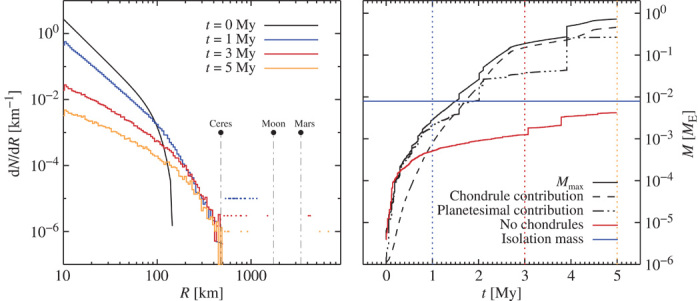Fig. 7. Growth of embryos and terrestrial planets at 1 AU.

Left panel shows the size distribution at four different times, and right panel shows the mass of the most massive body in the simulation as a function of time. The growth up to 1000-km-sized embryos is mainly driven by planetesimal accretion because chondrule-sized pebbles are tightly coupled to the gas and hence hard to accrete. However, chondrule accretion gradually comes to dominate the accretion as the embryos grow. The largest body reaches Mars size after 3 My, with more than 90% contribution from chondrule accretion. A giant impact occurs just before 4 My, wherein the largest body accretes the third largest body in the population. The continued accretion of chondrules leads to the formation of an Earth-mass body after 5 My. A simulation with no chondrules evolves very differently: a large number of embryos form with masses just below the isolation mass of Miso ≈ 0.01 ME.
